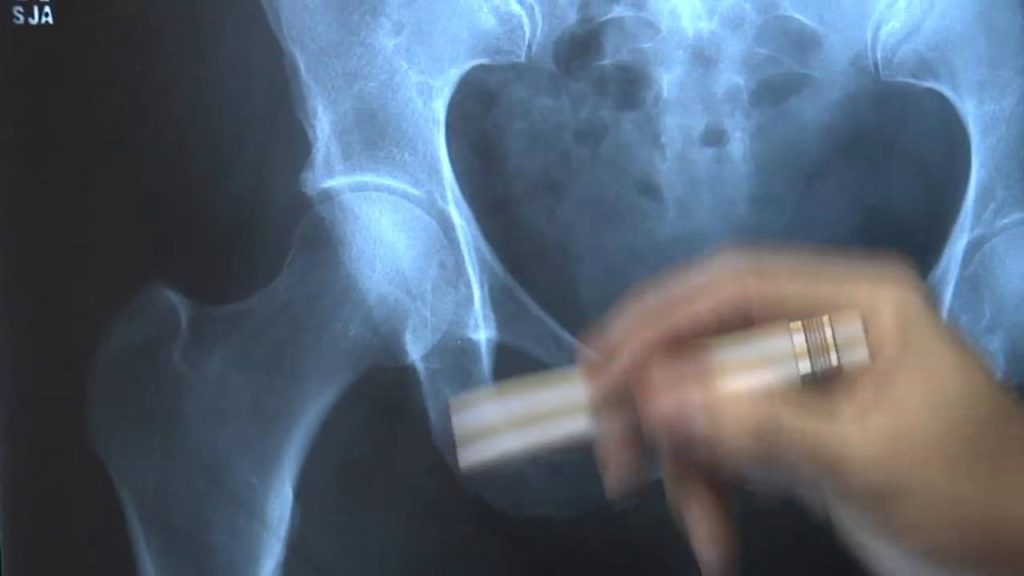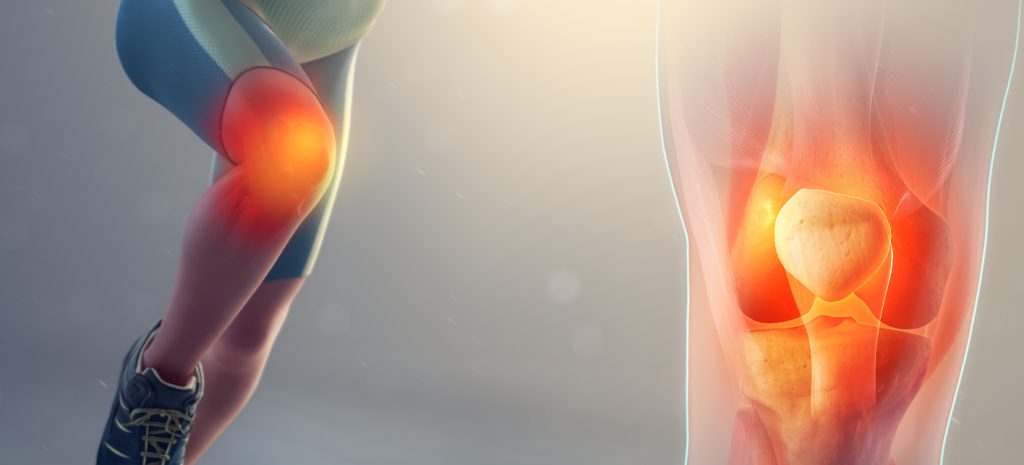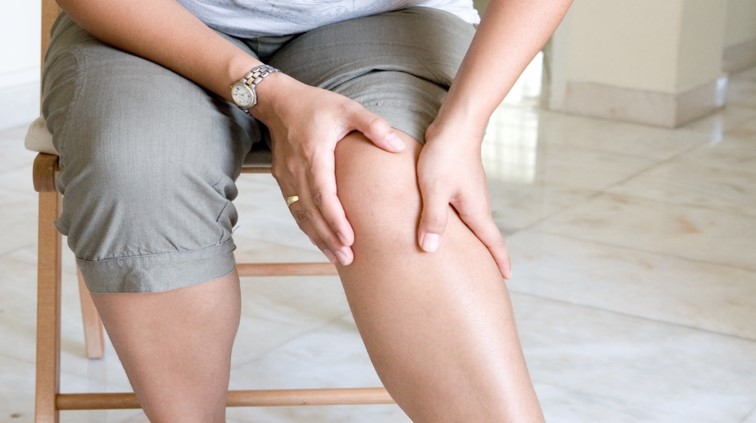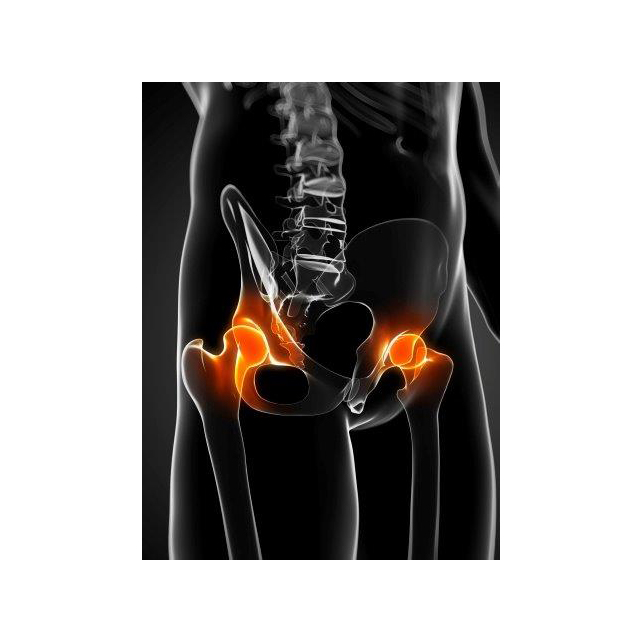
Previously we discussed the Australian government announcing a cut to funding for hip arthroscopy in the management of Femoroacetabular Impingement Syndrome. This took affect on the 1st November 2016. Specifically it incorporated the removal of FAI from three billing codes. 48424: Femur or Pelvis Osteotomy/Osteectomy 49303: Hip Arthrotomy 49366: Hip Arthroscopic Surgery Billing rates for these item…read more







